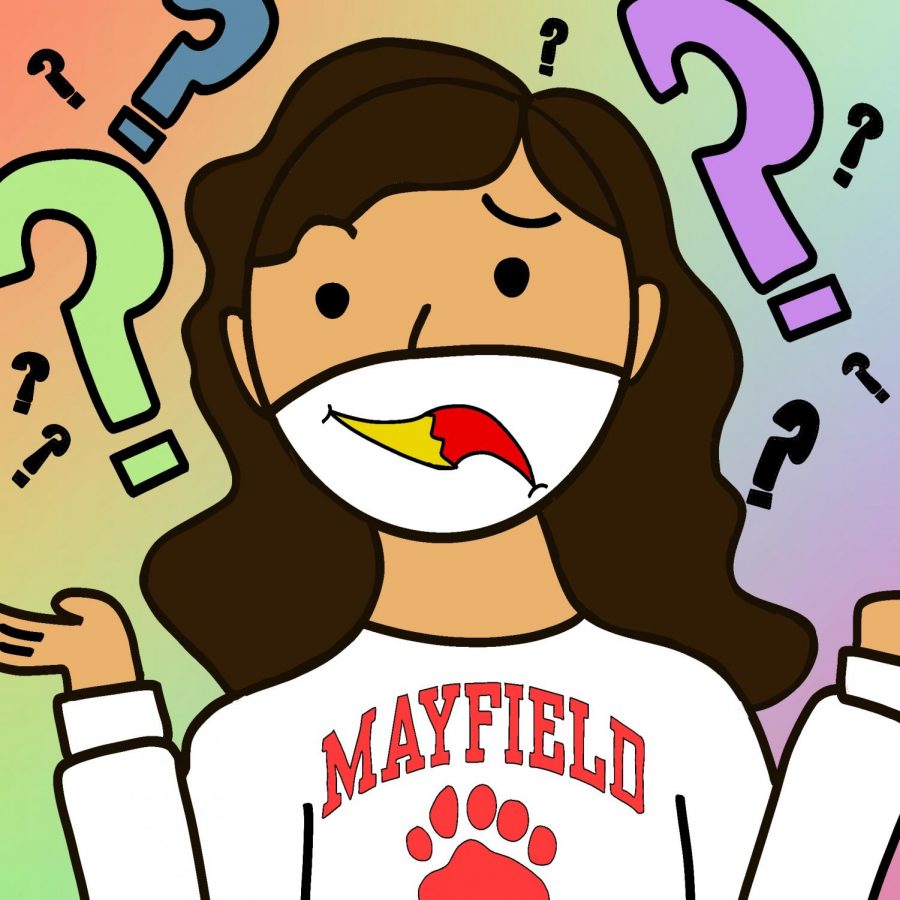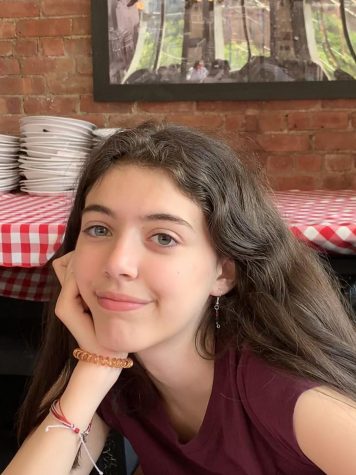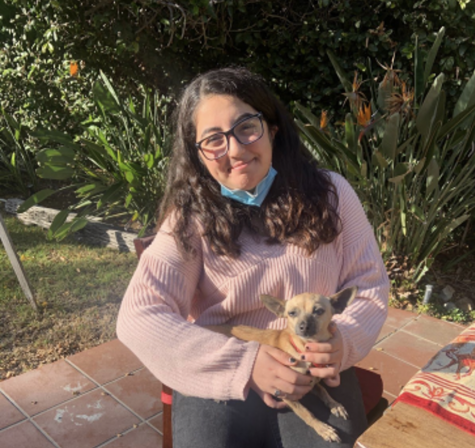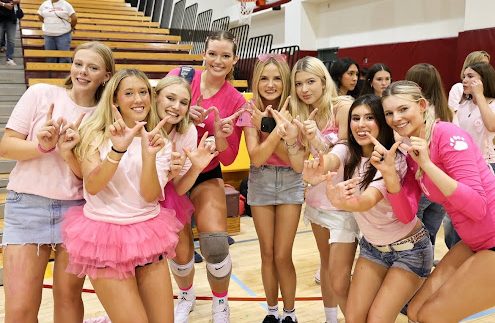Body Language: The Nonverbal Method of Communication
March 14, 2021
Raised eyebrows and the side eye. Just one look and my mom and I know what the other is thinking.
Communication is often deemed one of the most important life skills. The ability to express both praise and concerns plays an essential role in both personal and professional relationships. Speaking, however, is not the only method used for effective communication. Body language is the silent and often overlooked sister to speaking, but is just as crucial.
Typically, the way our body reacts is instinctive, not conscious. The way you avoid eye contact in an awkward situation, or sit up taller when an important person walks into the room are examples of unconscious behavior. These nonverbal responses are indications of how you are feeling in a situation and can be picked up by the people around you. It can be useful to learn how to control your body language and read the actions of others to communicate more effectively.
There are seven primary body language categories that help people communicate their true meaning.
- Facial expressions are movements of the face muscles that help convey emotions such as happiness with a smile, anger with narrowed eyes, or surprise with raised eyebrows.
- Movement or posture constitutes ‘how you hold yourself’ or physically moving your body to express sentiments like interest when you lean forward or stand taller.
- Gestures are hand motions including pointing and waving that add to the conversation and help make a greater impact by showing one’s passion for a topic.
- Eye contact is crucial in various situations, including interviews, as it stimulates connection between the individuals and establishes authenticity.
- Physical touch, like a hug or a handshake, can be a form of greeting or farewell that sends different messages depending on the intention.
- Space has substantial influence on comfort levels as infringement of personal space leads to different reactions in intimate relationships compared to aggressive ones.
- Voice is the way that you use tone and annunciation to communicate your message and may have more influence than the words themselves.
Recognizing the different ways your body ‘speaks’ helps you understand how nonverbal language can reveal your emotions in unintended ways. This awareness aids in controlling your own body language as consciousness is the first step to reversing undesirable habits. Awareness can also help you analyze the mannerisms of those around you.
Next time you have a conversation with someone, pay attention to their facial expressions, the gestures they make when speaking, and the tone they use to express their emotions. Having this information is advantageous and it will help you find underlying meanings or messages.
It’s important to note that body language is not an exact science. For example, rubbing one’s eyes could mean that they’re frustrated, tired, or that there is something in their eye. Don’t read too much into the details of what you see and focus on the general meaning. And remember, just because you’re not using your words, you’re still speaking.









